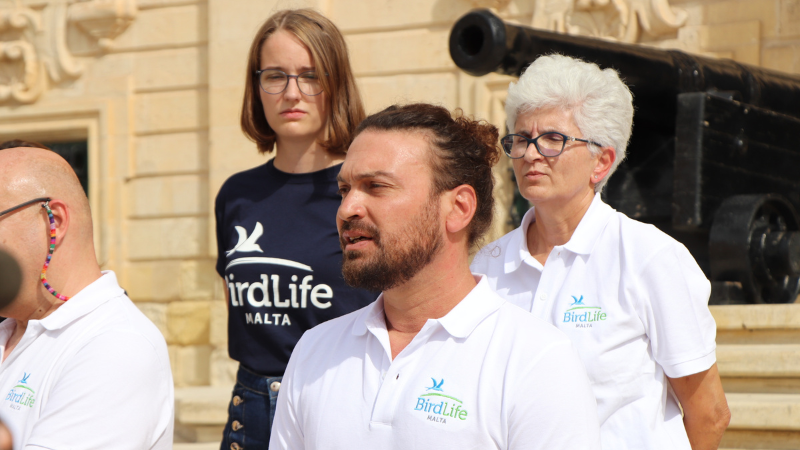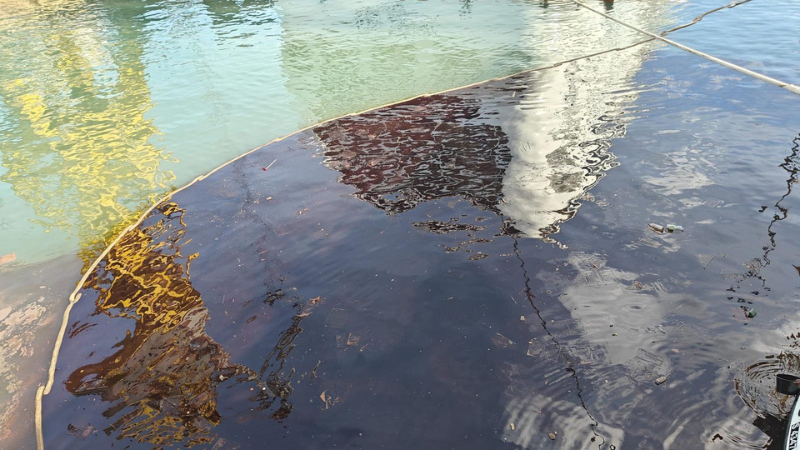At a press conference held in front of the Auberge de Castille, the prime minister’s office, Birdlife Malta called on the EU Commissioner for the Environment to immediately suspend the bird trapping season and to urge Malta to uphold the EU law and respect the European Court of Justice’s (ECJ) verdict.
The prime minister’s decision to reopen the season defies the ECJ’s clear ruling against Malta and shows that the prime minister’s interests are solely electoral rather than implementing what is right and ensuring that Malta adheres to the rule of law, Birdlife said.
“The prime minister is advocating for trappers rather than upholding the EU law and dragging the entire Cabinet and the country’s reputation with him.
His defence of finch trapping does not reflect public opinion, which sees through the façade of scientific research and values environmental protection over the needless captivity of wild birds.
“This is not a one-off event – we have seen how the prime minister chooses to be the lawyer of speculators in Cabinet.”
Sunday’s legislation was issued just a day after the European Commission’s one-month deadline requesting details on how Malta would implement the 19 September verdict.
Birdlife pointed out that the new legislation was just a copy-and-paste exercise from previous years, with no meaningful changes.
It permits over 3,500 trappers to catch migrating finches under the pretext of research while simply stating this is the only way Malta can answer the question of where the finches over Malta are coming from.
True scientific research on bird migration does not require large-scale trapping of wild birds, Birdlife said. The claim that no other satisfactory solution exists is unfounded and also misleading.
And the so-called “strictly-supervised” measures are unlikely to prevent illegalities, as past experience has shown.
Last year, Birdlife observed multiple trapping sites where no finches were released back into the wild. A conservative estimate has calculated that over 51,400 finches were captured and kept in captivity due to last year’s season.
This year’s catch could potentially be higher, with 2,851 trapping sites permitted to operate daily for two months, 235 more than last year.













